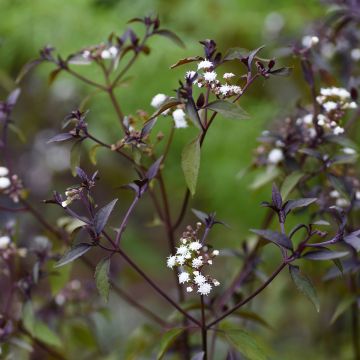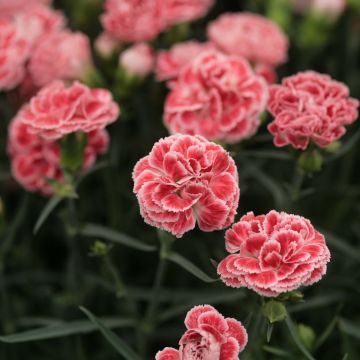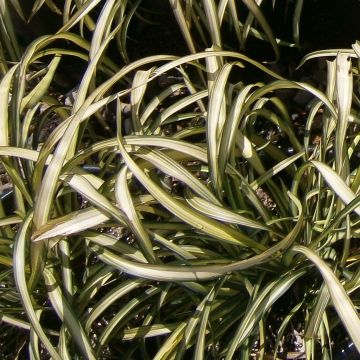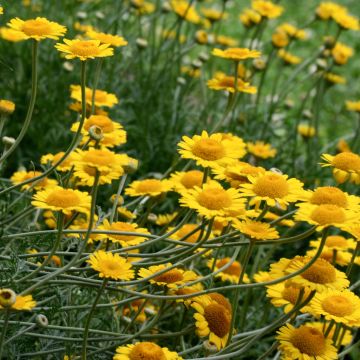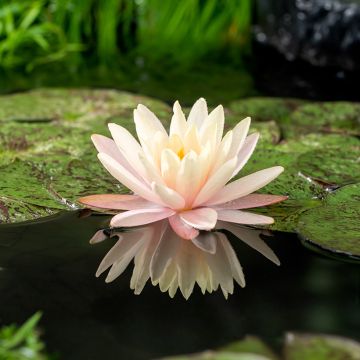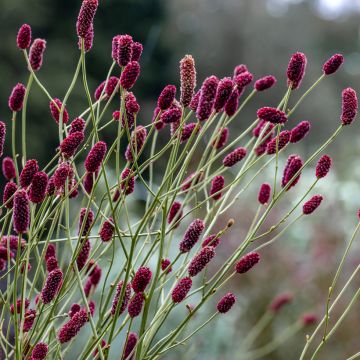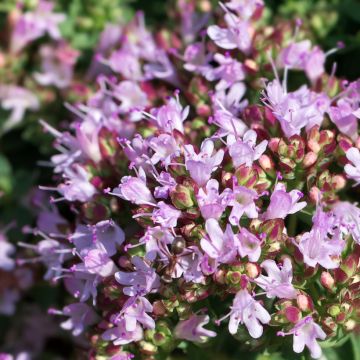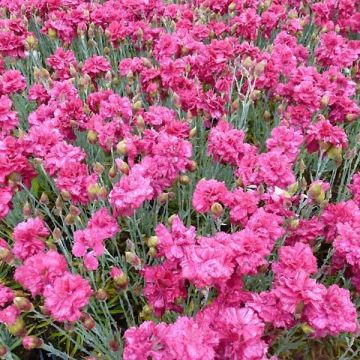

Opuntia engelmannii var. linguiformis - Prickly Pear
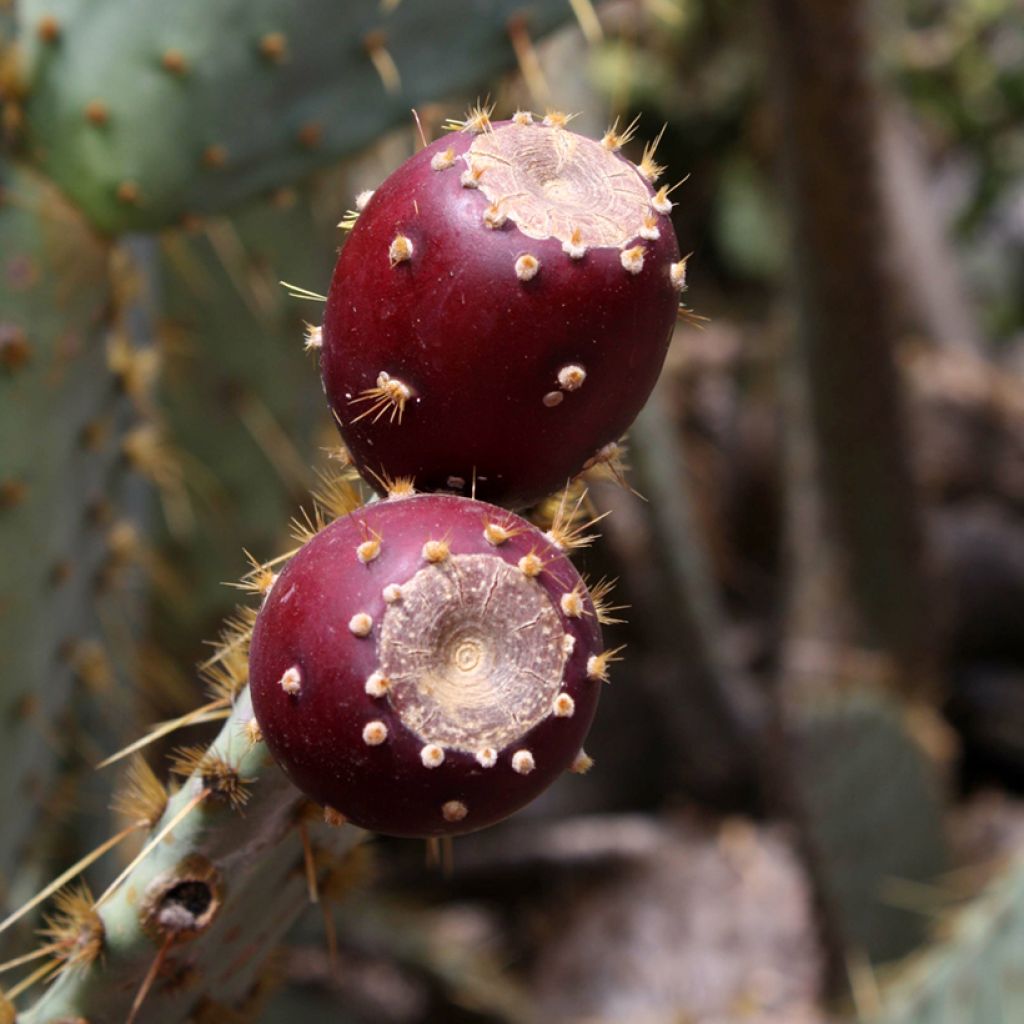

Opuntia engelmannii var. linguiformis - Prickly Pear


Opuntia engelmannii var. linguiformis - Prickly Pear


Opuntia engelmannii var. linguiformis - Prickly Pear


Opuntia engelmannii var. linguiformis - Prickly Pear


Opuntia engelmannii var. linguiformis - Prickly Pear
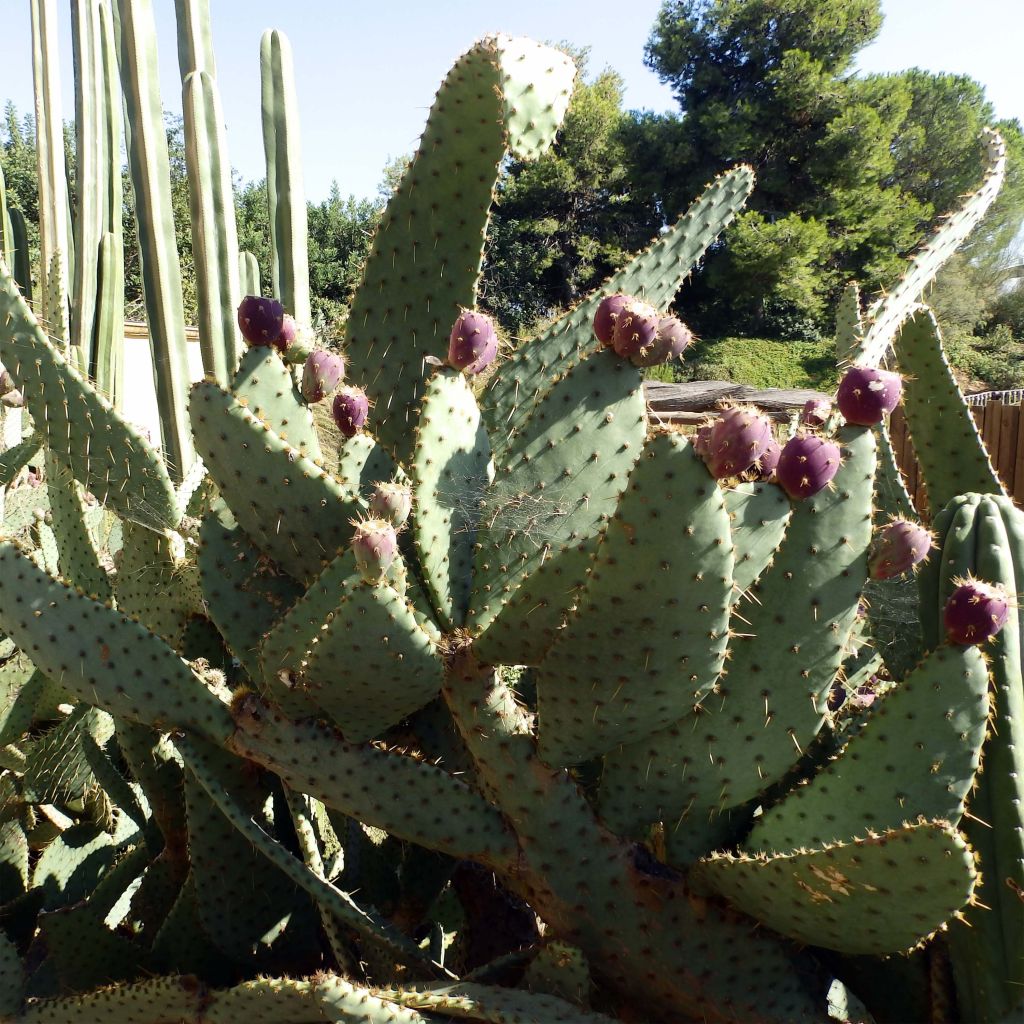

Opuntia engelmannii var. linguiformis - Prickly Pear


Opuntia engelmannii var. linguiformis - Prickly Pear


Opuntia engelmannii var. linguiformis - Prickly Pear
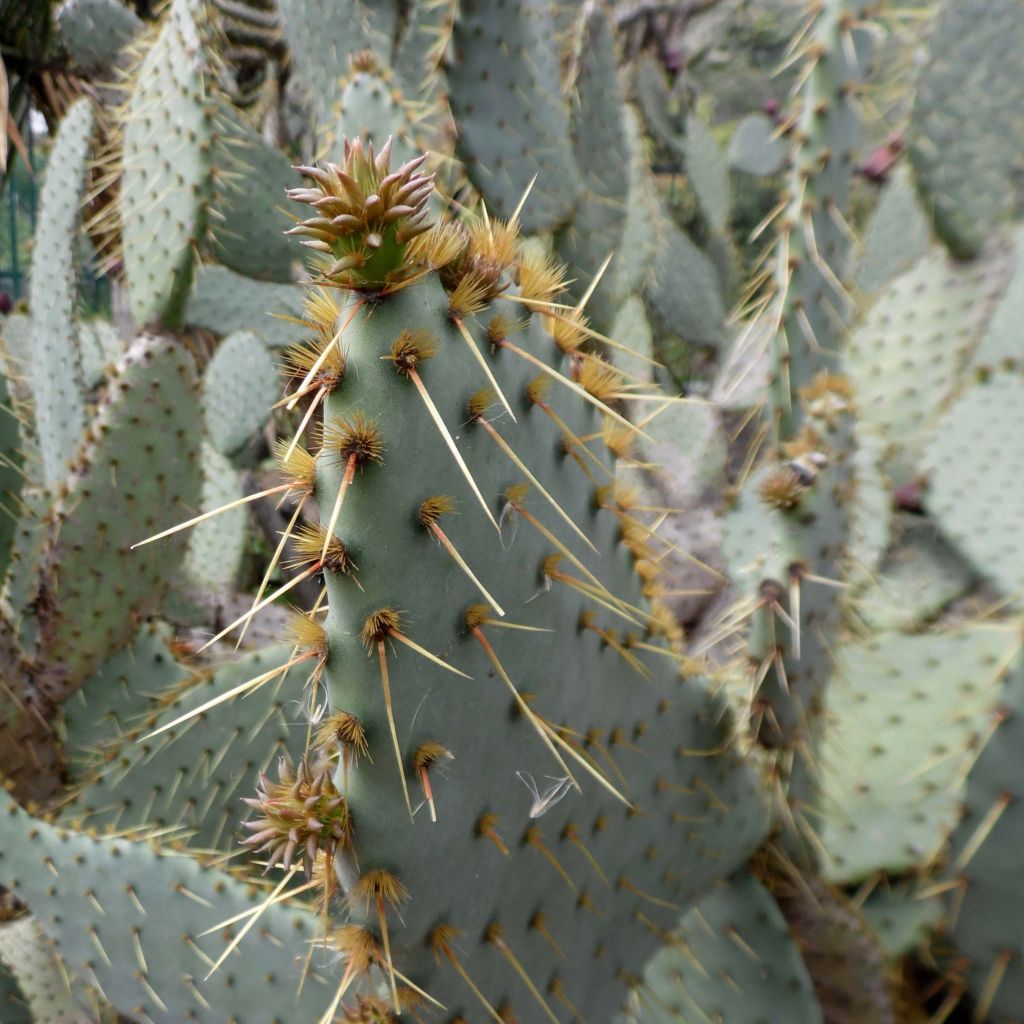

Opuntia engelmannii var. linguiformis - Prickly Pear
Opuntia engelmannii var. linguiformis - Prickly Pear
Opuntia engelmannii var.linguiformis
Cow's Tongue Prickly Pear, Long-Tongue Prickly Pear, Cow Tongue Cactus
This item cannot be shipped to the selected country
Delivery charge from €5.90
More information
Schedule delivery date,
and select date in basket
This plant carries a 12 months recovery warranty
More information
We guarantee the quality of our plants for a full growing cycle, and will replace at our expense any plant that fails to recover under normal climatic and planting conditions.
From €5.90 for pickup delivery and €6.90 for home delivery
Express home delivery from €8.90.
Does this plant fit my garden?
Set up your Plantfit profile →
Description
The Opuntia engelmannii var. linguiformis is hardy, bushy and dense, distinctive and decorative all year round. It is characterized by its thin, long and narrow pads, its beautiful and abundant spring flowering in yellow-orange, and its red fruits that remain decorative throughout the winter. While it can withstand up to -15°C in a sheltered position and well-drained soil, this particularly elegant form is sensitive to wind and snow, which can damage its pads. The prickly pears, true camel plants, thrive in dry gardens, large rock gardens, and arid slopes, against a backdrop of blue sky and austere rocks.
The Opuntia engelmannii, a close relative of the Prickly Pear (Opuntia ficus indica), is a succulent plant devoid of true leaves from the cactus family. This botanical species is native to Texas, where it grows along the Rio Grande River and in the surrounding plains. The linguiformis variety has become very rare in its original habitat. An adult plant can reach 1.5 meters (5 feet) in 4 or 5 years under favorable conditions. The vegetation consists of a stout trunk, lignifying with age, which divides into flat, thin branches of very elongated to triangular shape, called articles or pads. These segments easily orient themselves towards the sun from a young age. Their surface, gray-green in color, takes on pinkish hues in winter when exposed to full sun. They are abundantly covered with large golden prickles with a red base, which turn brown over time, as well as tiny prickles called glochides, clustered in small round tufts, which are very dangerous when handling. The flowering takes place in May-June, in abundance. Several flowers appear on the edges of the pads, mainly towards their tips. The marbled orange-yellow petals are highlighted by a diaphanous texture. They are followed by fruits heavily covered with glochides, which turn violet-purple when ripe and persist throughout the winter before falling. While they are edible, they are less flavorful than those of the Prickly Pear.
Cultivable in almost all our regions, this cactus is hardy up to -15°C (5°F) without protection, but in well-drained, rocky, stony or sandy soil. It naturally structures exotic and contemporary landscapes and can be integrated into a deterrent defensive hedge. It will find its place in a large rock garden, or a gravel bed where its sharp silhouette will stand out beautifully against a mineral and austere backdrop, populated with some grasses, agaves, Hesperaloe parviflora, and arborescent Euphorbias (E.mellifera or dendroides). Hardy cactus candles (Cleistocactus strausii, Cylindropuntia imbricata) and large cistus plants (Cistus laurifolius) can be associated with it, as they are equally frugal and undemanding. It should be kept away from pathways and children due to its formidable spines, as well as those that are transparent, almost invisible to the naked eye, which penetrate our skin with disconcerting ease and are difficult to remove.
Report an error about the product description
Opuntia engelmannii var. linguiformis - Prickly Pear in pictures






Flowering
Foliage
Plant habit
Botanical data
Opuntia
engelmannii var.linguiformis
Cactaceae
Cow's Tongue Prickly Pear, Long-Tongue Prickly Pear, Cow Tongue Cactus
North America
Other Perennials A to Z
Planting and care
Plant the Opuntia engelmannii var. linguiformis in spring or early autumn, in full sun, or partial shade in hot and dry climates, in a preferably poor, even stony, limestone, sandy, but well-drained siol. It tolerates winter humidity in porous soil, and appreciates dry, even arid soils in summer. It will withstand intense frosts, up to about -18°C (1°F). Its articles sometimes collapse in winter, due to the cold, but 'reinflate' in spring. This species also tolerates sea spray and can therefore be grown in coastal regions. It is not known be susceptible to any pests.
Culture substrate: 3/4 potting soil + 1/4 vegetable soil + organic fertilizer for potted plants. Sandy, very stony soil, poor in clay for open ground cultivation.
Propagation by cutting is easy: take a cutting at a joint, place it on a cactus-type substrate for a few days, until a healing callus forms. Then, bury the base of the cutting a little deeper into the soil and water regularly. The plant will not flower or bear fruit before the age of 3 years.
Handle your cacti with gloves and protective goggles.
Planting period
Intended location
Care
-
, onOrder confirmed
Reply from on Promesse de fleurs
Summer flowering perennials
Haven't found what you were looking for?
Hardiness is the lowest winter temperature a plant can endure without suffering serious damage or even dying. However, hardiness is affected by location (a sheltered area, such as a patio), protection (winter cover) and soil type (hardiness is improved by well-drained soil).

Photo Sharing Terms & Conditions
In order to encourage gardeners to interact and share their experiences, Promesse de fleurs offers various media enabling content to be uploaded onto its Site - in particular via the ‘Photo sharing’ module.
The User agrees to refrain from:
- Posting any content that is illegal, prejudicial, insulting, racist, inciteful to hatred, revisionist, contrary to public decency, that infringes on privacy or on the privacy rights of third parties, in particular the publicity rights of persons and goods, intellectual property rights, or the right to privacy.
- Submitting content on behalf of a third party;
- Impersonate the identity of a third party and/or publish any personal information about a third party;
In general, the User undertakes to refrain from any unethical behaviour.
All Content (in particular text, comments, files, images, photos, videos, creative works, etc.), which may be subject to property or intellectual property rights, image or other private rights, shall remain the property of the User, subject to the limited rights granted by the terms of the licence granted by Promesse de fleurs as stated below. Users are at liberty to publish or not to publish such Content on the Site, notably via the ‘Photo Sharing’ facility, and accept that this Content shall be made public and freely accessible, notably on the Internet.
Users further acknowledge, undertake to have ,and guarantee that they hold all necessary rights and permissions to publish such material on the Site, in particular with regard to the legislation in force pertaining to any privacy, property, intellectual property, image, or contractual rights, or rights of any other nature. By publishing such Content on the Site, Users acknowledge accepting full liability as publishers of the Content within the meaning of the law, and grant Promesse de fleurs, free of charge, an inclusive, worldwide licence for the said Content for the entire duration of its publication, including all reproduction, representation, up/downloading, displaying, performing, transmission, and storage rights.
Users also grant permission for their name to be linked to the Content and accept that this link may not always be made available.
By engaging in posting material, Users consent to their Content becoming automatically accessible on the Internet, in particular on other sites and/or blogs and/or web pages of the Promesse de fleurs site, including in particular social pages and the Promesse de fleurs catalogue.
Users may secure the removal of entrusted content free of charge by issuing a simple request via our contact form.
The flowering period indicated on our website applies to countries and regions located in USDA zone 8 (France, the United Kingdom, Ireland, the Netherlands, etc.)
It will vary according to where you live:
- In zones 9 to 10 (Italy, Spain, Greece, etc.), flowering will occur about 2 to 4 weeks earlier.
- In zones 6 to 7 (Germany, Poland, Slovenia, and lower mountainous regions), flowering will be delayed by 2 to 3 weeks.
- In zone 5 (Central Europe, Scandinavia), blooming will be delayed by 3 to 5 weeks.
In temperate climates, pruning of spring-flowering shrubs (forsythia, spireas, etc.) should be done just after flowering.
Pruning of summer-flowering shrubs (Indian Lilac, Perovskia, etc.) can be done in winter or spring.
In cold regions as well as with frost-sensitive plants, avoid pruning too early when severe frosts may still occur.
The planting period indicated on our website applies to countries and regions located in USDA zone 8 (France, United Kingdom, Ireland, Netherlands).
It will vary according to where you live:
- In Mediterranean zones (Marseille, Madrid, Milan, etc.), autumn and winter are the best planting periods.
- In continental zones (Strasbourg, Munich, Vienna, etc.), delay planting by 2 to 3 weeks in spring and bring it forward by 2 to 4 weeks in autumn.
- In mountainous regions (the Alps, Pyrenees, Carpathians, etc.), it is best to plant in late spring (May-June) or late summer (August-September).
The harvesting period indicated on our website applies to countries and regions in USDA zone 8 (France, England, Ireland, the Netherlands).
In colder areas (Scandinavia, Poland, Austria...) fruit and vegetable harvests are likely to be delayed by 3-4 weeks.
In warmer areas (Italy, Spain, Greece, etc.), harvesting will probably take place earlier, depending on weather conditions.
The sowing periods indicated on our website apply to countries and regions within USDA Zone 8 (France, UK, Ireland, Netherlands).
In colder areas (Scandinavia, Poland, Austria...), delay any outdoor sowing by 3-4 weeks, or sow under glass.
In warmer climes (Italy, Spain, Greece, etc.), bring outdoor sowing forward by a few weeks.



































